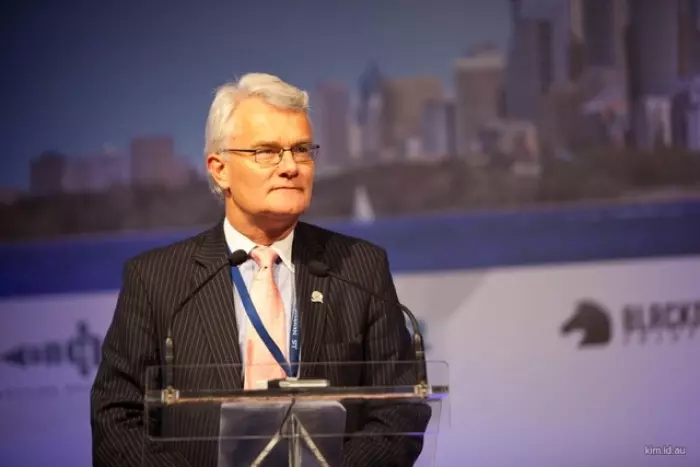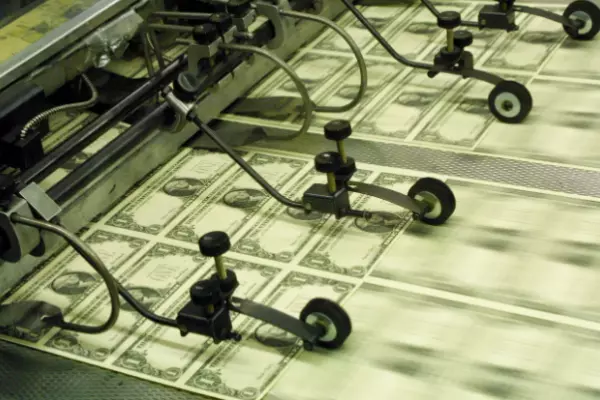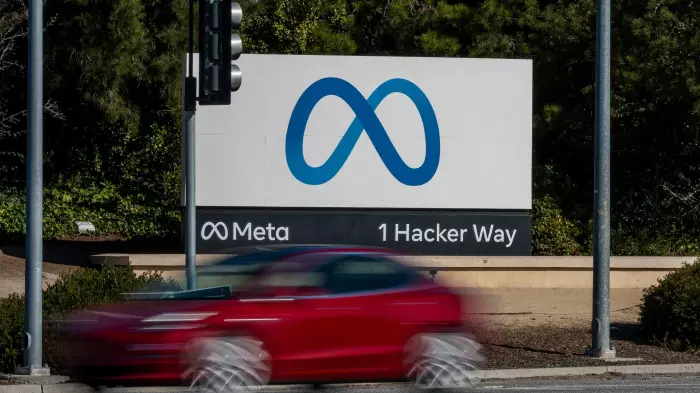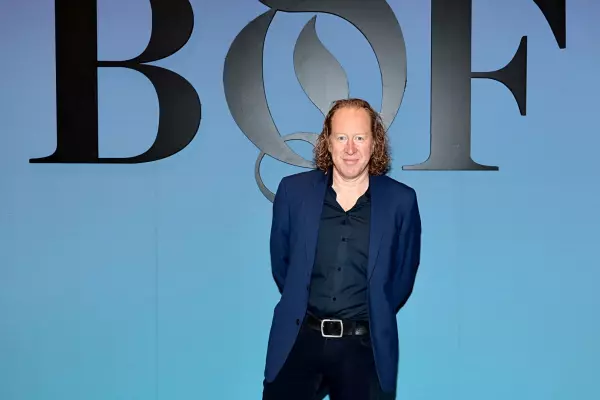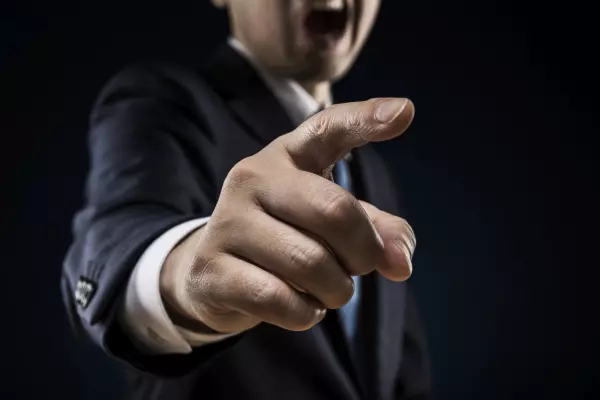On average, 91c from every dollar played on Class 4 gaming machines is paid out in prizes to players. This is the highest rate of return of any form of legal gambling in New Zealand. More than Lotto, TAB, and casinos. We return 100% of our profits to the community.
It’s important to begin with these facts because it starts to unravel the tapestry of misinformation about electronic gaming machines in this country.
While there’s no doubt that most New Zealanders gamble without experiencing any harm, a very small minority of people do experience some degree of harm.
The Gaming Machine Association of NZ (GMANZ) and its members want to see the same number of problem gamblers as everyone else does – zero.
Harm minimisation
We also want to see prompt, comprehensive, and quality support being provided to those that do develop a problem. Because harm minimisation is not just about support services – the ambulance at the bottom of the cliff – it’s also destigmatising gambling (and gambling harm) so that people are able to reach out for help when they need it.
A recent BusinessDesk article noted that C4 gaming machines are located in the most economically deprived areas but the government and local authority policy have virtually mandated they be in pubs, and away from local schools and churches. Inevitably, this policy has meant there are more machines in industrial and urban areas than the suburbs. Further, an academic cited in the article claimed that “half of pokie profits came from people who are experiencing misery”. This type of generalisation and misrepresentation achieves little.
If half the proceeds of Class 4 gaming (about $460 million) came from people ‘experiencing misery’ as problem gamblers, each one would be spending about $57,500 per year. The numbers (Māori spending $277.56, Pasifika $269.40 and Pākehā $228.32 per year) clearly speak to how nonsensical this assertion is.
Let’s look at some more hard facts. Between 2018 and 2019, Ministry of Health figures show that just one person in the Southland District sought help for problem gambling. In 2019-20, nobody sought help, and in the past 12 months, just two people sought help for problem gambling in the region. While this is just one region, the number of people across NZ identified as problem gamblers has remained very low and stable since the peak in 2004.
NZ has one of the lowest rates of problem gambling
It’s also important to remember that NZ has one of the lowest rates of problem gambling in the world – roughly half the rate of Australia.
The Class 4 gaming industry here pays tens of millions of dollars per year to the government in the form of the Problem Gambling Levy (as well as taxes and duties) so it can create and manage harm prevention and reduction programmes.
We fully support paying this levy, but also support having a say in how it’s spent. According to a recent independent audit, NZ has one of the least effective health responses to problem gambling.
The number of machines in Aotearoa has reduced from about 24,000 to 14,000 over the past 10 years. As noted by the Ministry of Health, this has done almost nothing to change the rate of problem gambling in NZ, which has stayed pretty much the same since the peak in 2004. This is because gambling – like anything that can be abused – is not fixed by prohibition; it is simply driven into darker, less regulated places, where harm goes under the radar.
Undoubtedly the elephant in the gaming room is online gambling.
It’s hard to get a sense of how much money is going offshore via online slot machines, but Kiwibank customers alone are spending $30m per month on gambling sites. That’s $360m per year from a single – and one of the smallest – banks. We ignore this, the new state of gambling, at our peril. Not only do smartphones give us constant access to the TAB and Lotto, but quite literally thousands of gaming machine sites are available 24/7.
The ability for sites and apps to send push notifications constitutes a frankly terrifying risk to problem gamblers, who can receive unsolicited offers and opportunities to gamble.
While community-based gaming machines are often demonised, unlike online gambling they adhere to very strict rules to keep people safe. Venues are held accountable to the Department of Internal Affairs, and we have called for even stricter on-the-spot penalties for operators who don’t stick to the rules. Strong regulation is important, but blaming the venue operators, societies, and even the players themselves is much easier than fixing the systemic problems which cause addiction and gambling harm.
$300m a year to community groups and initiatives
Even after returning over 90c on every dollar played as prizes, gaming machines still fund roughly $300m per year to over 11,000 community groups and initiatives. These aren’t just sports clubs – they are ambulances, lifeboats, and support services. Nearly 90% of these groups say class 4 funding would be likely impossible to replace.
In any reporting on the C4 industry, there are always mistruths and lies. Often people who have made careers out of demonising the industry mislead media outlets with over-inflated tales of woe.
We’re not so naïve to believe that there is zero harm from using C4 machines, but at the same time people shouldn’t be misled into thinking that there is a predatory industry, focused on robbing the poor.
Balance is one thing in reporting, but actually being factual and accurate is more important.
Nobody wants anyone to be harmed by gambling in NZ. But the discussion about gambling and its consequences – both positive and negative – must be based in reality.
Peter Dengate Thrush is the chair of the Gaming Machine Association of New Zealand.


